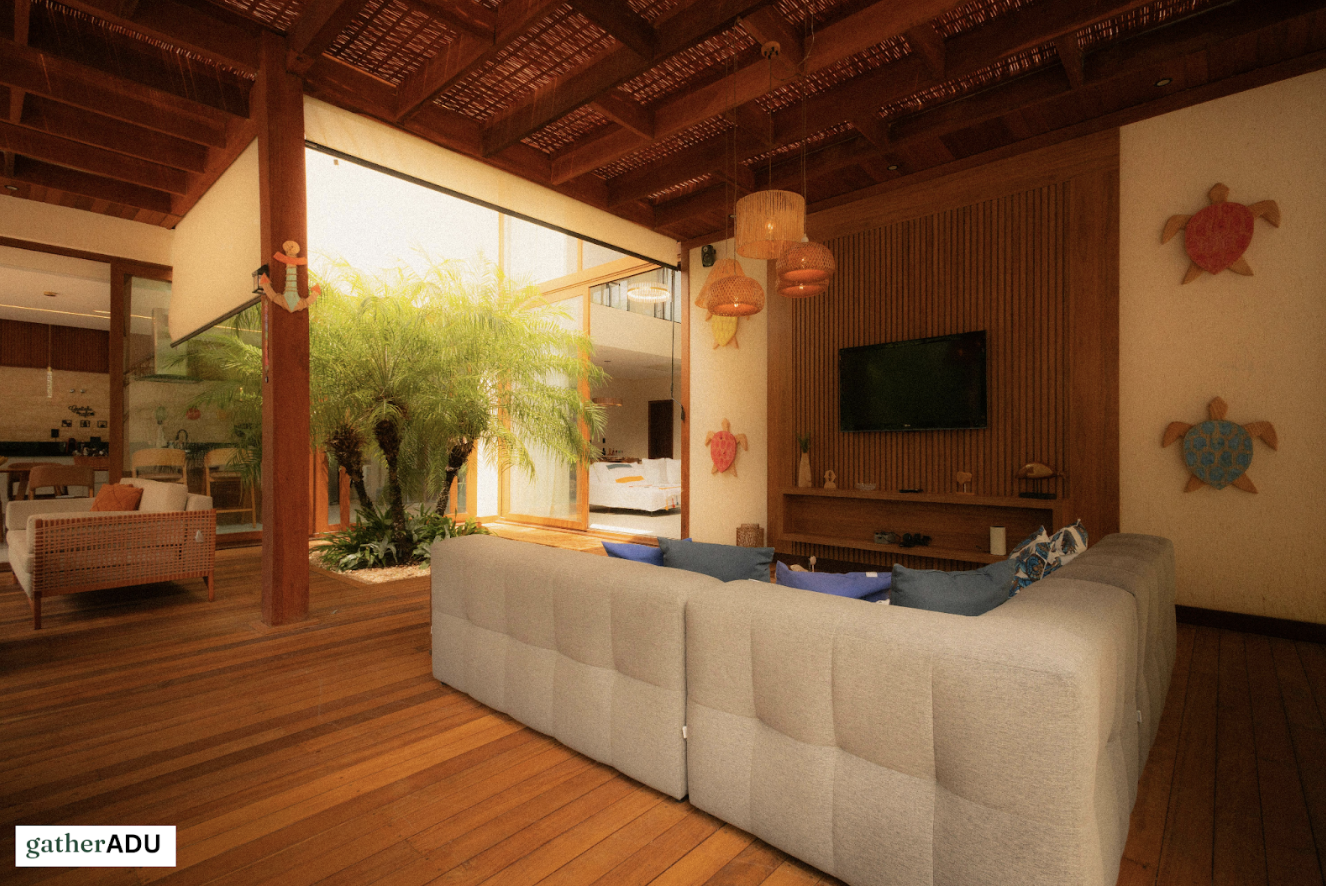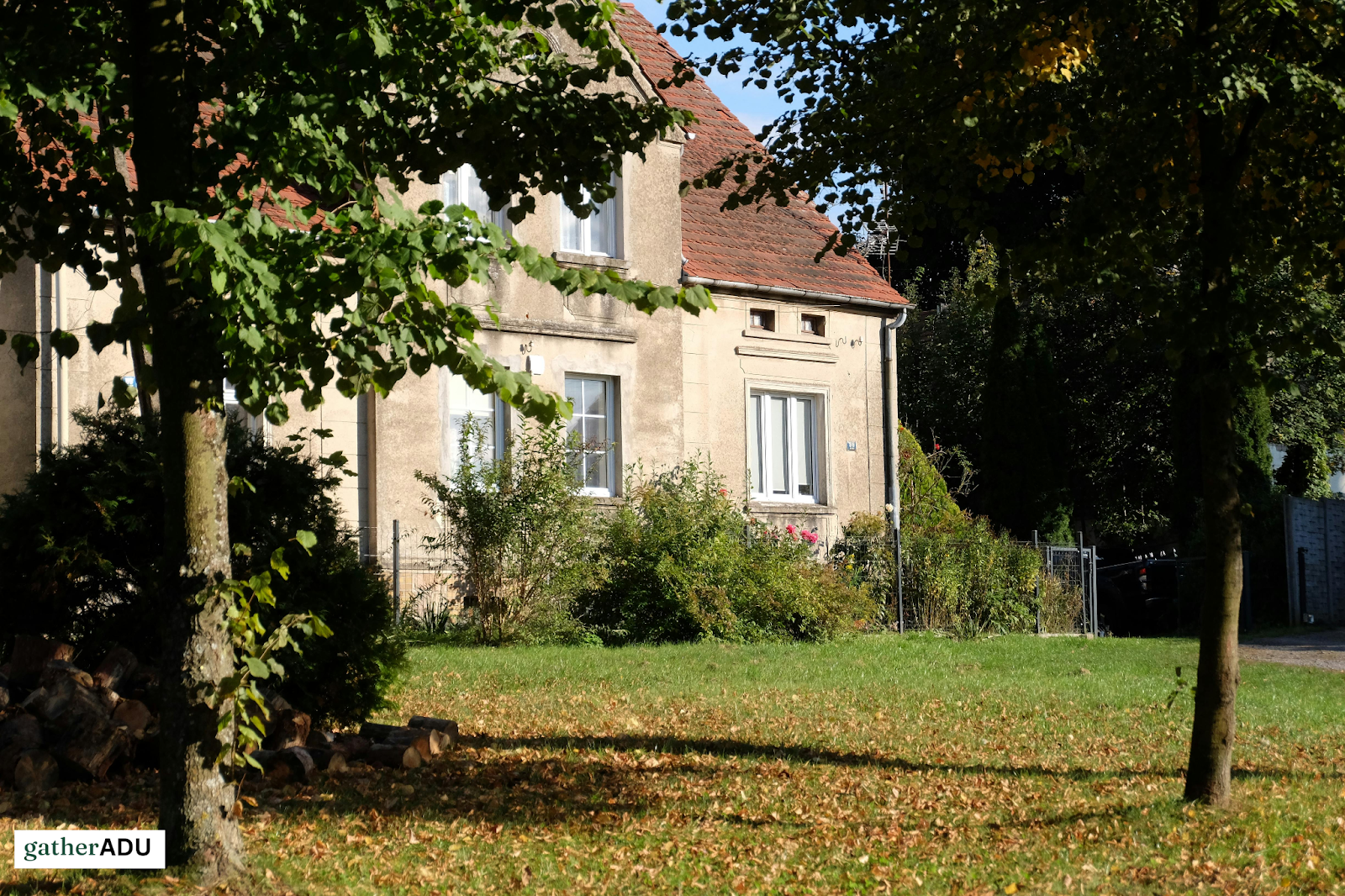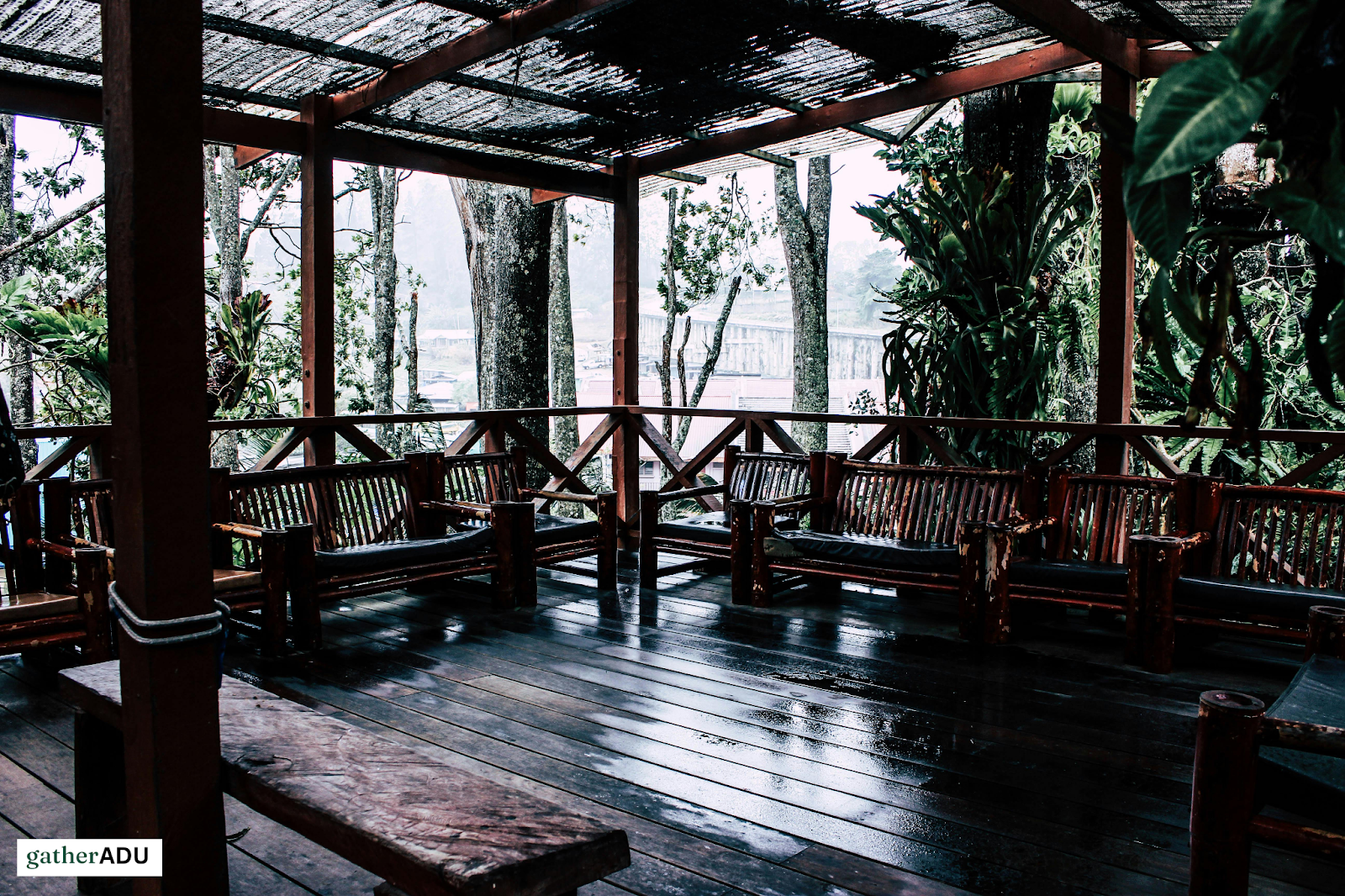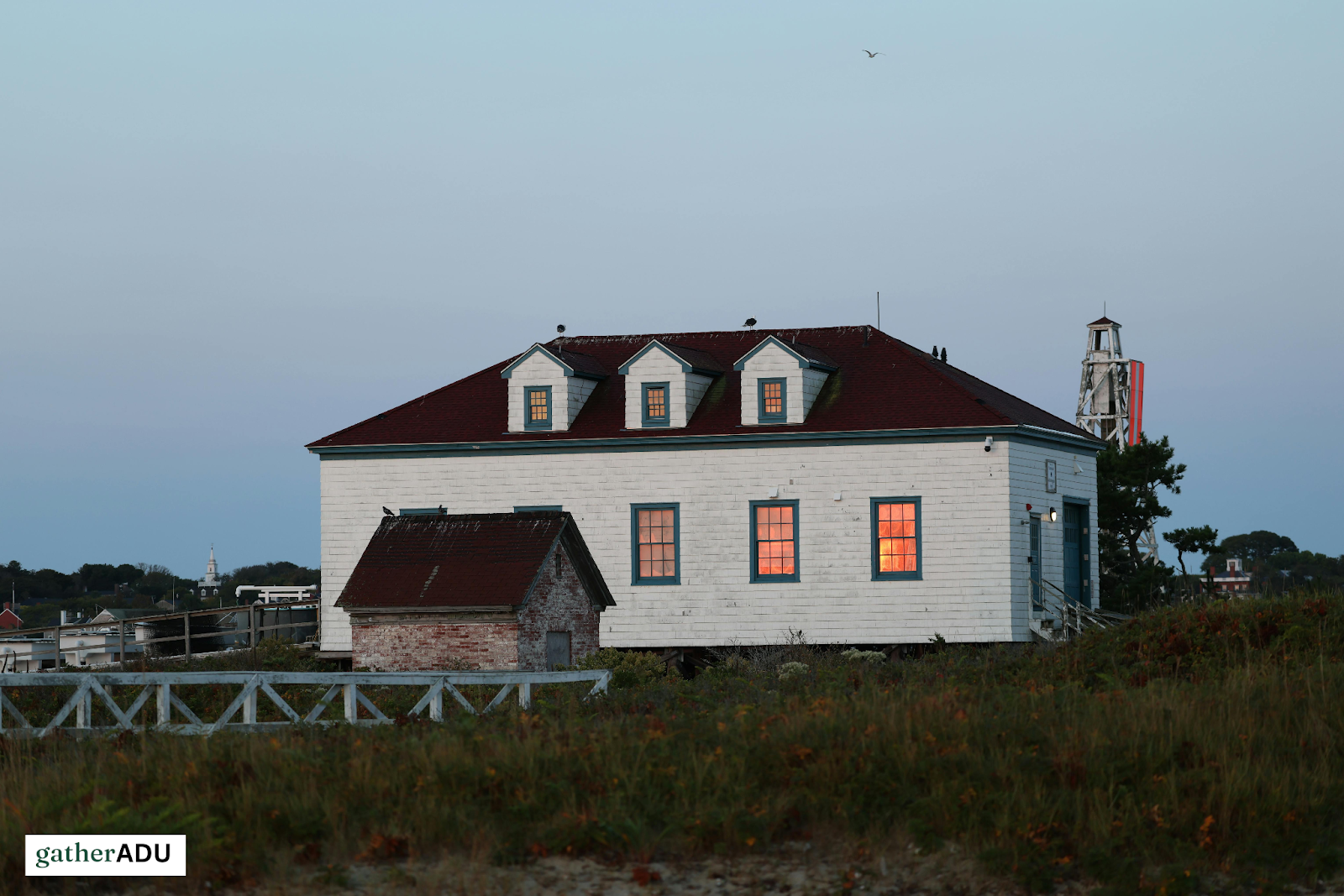ADU Knowledge
October 16, 2025
How Do You Choose a hurricane-Resistant ADU Home Plan in Georgia?

.png)
Schedule a free appointment with one of our ADU experts.
Get ADU QuoteOr call: (323) 591-3717
To pick a hurricane-resistant ADU plan in Georgia, you need to focus on four main things. These are the four main things to focus on: the strength of the building, using tough materials, making sure the building has the right elevation, and having the design checked by certified engineers . Using reinforced concrete or steel framing and a solid foundation is vital. This work, along with impact-rated windows and doors, makes sure your home has lasting strength and superior protection. This keeps you safe during high winds, heavy rain, and severe weather.
Hurricanes along Georgia’s coast can be severe, and inland areas also experience heavy storms and flooding. By selecting a strong ADU plan with GatherADU, you cut down on repair costs and damage. You also lower your insurance payments. Thoughtful planning with our expert team allows you to enjoy additional living space. This ensures long-term safety and durability.
When you plan your ADU in Georgia, think about local hurricane risk areas. This helps you pick a safe spot and a strong design. Hurricanes bring heavy rain. They can also cause floods, sudden flash floods, and mudslides far from the coast. Proper site elevation, drainage systems, and flood-resistant materials. These steps are key to long-term protection. They are also important for the safety of the building's structure.
Understanding local risk zones also affects building permits and insurance decisions. Review all flood maps and wind zones. Also, check the city rules before you finish your plan. This lowers the chance of damage. These steps save you money and stop costly repairs later. You will have peace of mind knowing your ADU is ready for Georgia's strong storms.

Structural strength is essential for building a hurricane-resistant ADU in Georgia. A strong frame, tough roofing, and impact-resistant windows and doors help the building. These features let the structure stand up to strong winds, heavy rain, and flying trash.. Furthermore, using high-quality materials ensures safety, stability, and long-term protection. This also reduces potential repair costs after severe storms.
To ensure strength, focus on these areas:
A strong ADU lowers the risk of damage during hurricanes and destructive storms. With a strong frame, tough windows, and secure roof connections, you can feel sure about your ADU. It will stay safe, strong, and keep its value. This protects both your family and your investment.

A compact ADU design significantly improves hurricane resistance. Smaller, simpler ADUs are less likely to catch strong winds or suffer structural damage. In addition, limiting exterior openings, overhangs, and protrusions helps reduce risk. This keeps your living space functional, comfortable, and safe during storms or bad weather in Georgia.
Furthermore, square or rectangular footprints perform best, whereas irregular layouts increase wind pressure. Streamlined designs not only enhance durability but also simplify construction and maintenance. Therefore, A small ADU design is safer, cheaper, and simpler to maintain. This gives you trust that your property can stand up to heavy storms.

To choose certified hurricane plans, check that they follow Georgia's building codes. These plans must also be built to handle regional wind speeds and debris impact. Look for certifications like Miami-Dade or ICC-700. These prove the ADU has proper anchoring and drainage, which ensures long-term storm protection.
Additionally, you should consider these key elements:
When you select certified ADU plans, you lower structural and financial risks. This also makes sure you follow all local and state rules. Additionally, these plans offer lasting strength and cut insurance costs. They give you confidence that your ADU will safely handle hurricanes for many years.

Building a hurricane-resistant ADU in Georgia can feel challenging. Unpredictable storms, complex building codes, and the risk of damage make planning stressful. Many homeowners struggle to find a solution that ensures safety, durability, and compliance. GatherADU is here to guide you every step of the way.
GatherADU , we give a full answer that fits Georgia's special weather and rules. From the design phase to the actual construction, we build hurricane-resistant ADUs. We are experts at making sure they are safe, strong, and meet all building rules. With our help, you can protect your money, lower risk, and get more living space built to last.
Yes, retrofitting is possible. You can reinforce roofs, windows, doors, and foundations. Adding hurricane shutters and using storm-resistant materials significantly improves safety and durability. Adding features to your existing ADU, called retrofitting, lowers the chance of damage. It also helps you qualify for insurance. This keeps your ADU working during storms.
Elevate at least 1–3 feet above the base flood elevation. Follow local codes and FEMA guidelines. Proper elevation prevents water damage, protects interiors, and reduces insurance premiums. It is a critical step for coastal or flood-prone properties in Georgia.
Yes, metal roofs are more wind-resistant and durable than shingles. They last longer, resist impact from debris, and reduce maintenance costs. Metal roofing also improves energy efficiency and provides better protection during storms.
Yes, but coverage depends on certifications and materials used. Hurricane-resistant construction often qualifies for lower premiums. Insurers may provide better coverage if your ADU meets Miami-Dade or ICC-700 standards and complies with local building codes.
The construction timeline ranges from 3 to 6 months, depending on design complexity and permission. GatherADU manages the entire process, handling approvals, materials, and construction. This ensures your ADU is completed on schedule and built to withstand severe weather.
.png)
Not sure where to start with your ADU project?